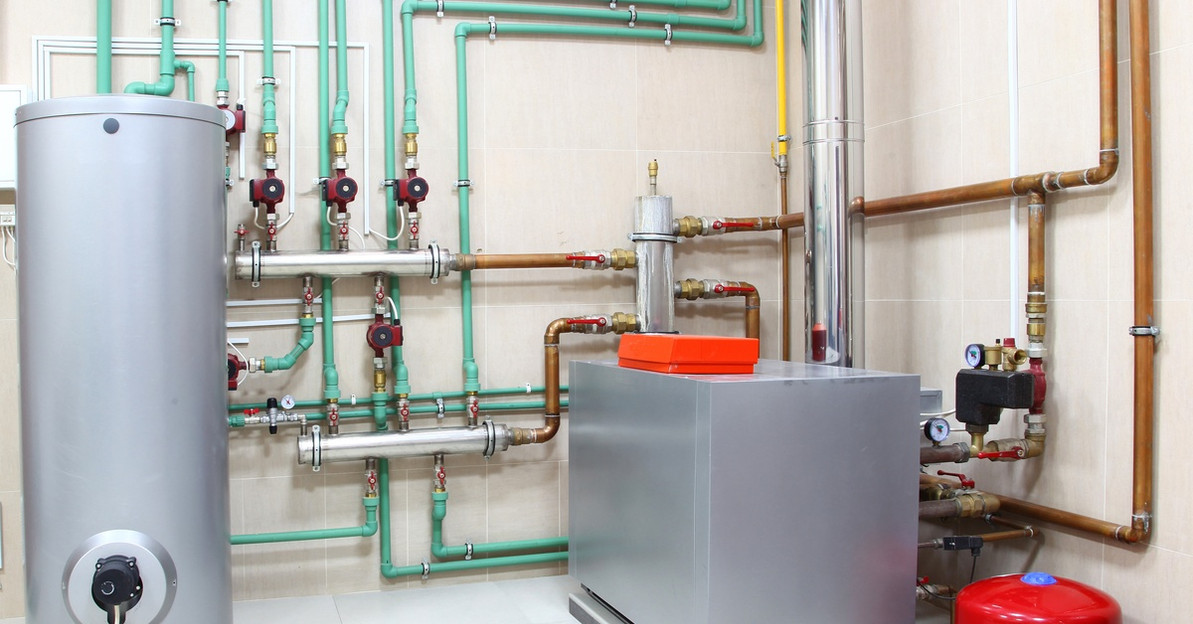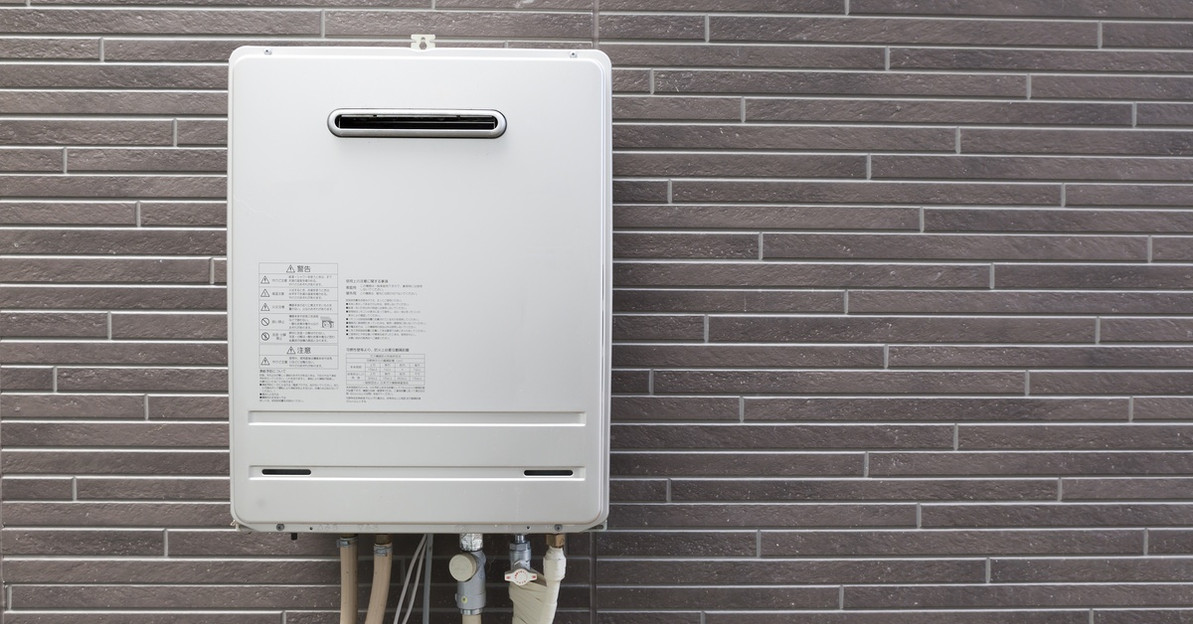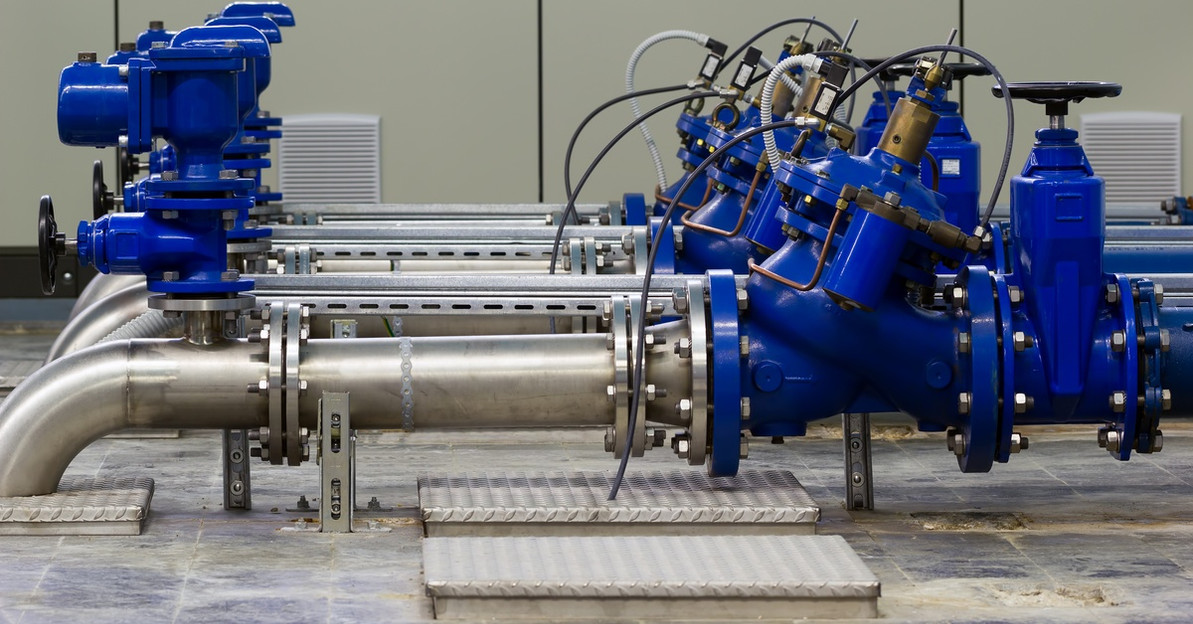Best Practices for Installing Tankless Water Heaters
Tankless water heaters have become a popular choice for many households because they offer energy efficiency, a compact design, and, most importantly, endless hot water. While the benefits are clear, the installation process requires careful planning and attention to detail to avoid mistakes. This handy guide covers the best practices for installing a tankless water heater so you can make sure your system runs smoothly from day one.
Assess Your Home’s Hot Water Needs
A tankless water heater heats water on demand, but it has limits on the flow rate. For example, a small unit might handle a single shower and a sink, while larger households may need a system that supports multiple showers running simultaneously. Choose a unit that matches your household’s size and usage patterns to avoid running out of hot water during peak moments.
Choose the Right Location
Installing a tankless hot water heater in the correct location is essential for avoiding issues later on. These heaters require proper ventilation, especially if they’re gas-powered, and must remain close to both the water supply and the power source. Aim to place the unit where it can operate efficiently while remaining easy to access for maintenance. For a smaller home, you might install the unit near commonly used spaces, while a larger home could benefit from placing the unit centrally to reduce the time water takes to reach fixtures.
Upgrade Plumbing and Gas Lines
Tankless units often demand a higher volume of gas or larger water pipes compared to older, traditional systems. For electric models, a dedicated circuit might be necessary. Consult the manufacturer’s requirements and hire a licensed professional to update your home systems if needed. Skipping this step can lead to energy inefficiencies or unexpected shutdowns.
Install the Proper Venting System
Poor venting can cause safety hazards or reduce the water heater’s performance. Direct vent systems are a common option, as they pull air from outside while expelling exhaust safely to the outdoors. Make sure the system is made of materials like stainless steel or PVC, which can withstand the high heat produced.
Flush the System and Test
Start by flushing the water heater system to eliminate debris or buildup that could compromise efficiency. After that, run hot water at different points in your home to verify the proper flow, temperature, and pressure. Listen for unusual sounds and watch for leaks. A successful test means you’re ready to start using your new heater.
Installing a tankless water heater may feel like an extensive project, but the end result is worth it. You’ll enjoy consistent hot water, potentially lower energy bills, and the satisfaction of modernizing your home’s system. Follow best practices during the tankless water heater installation process to make sure your new system operates efficiently and lasts for years.
Recent Posts
-
A Guide to Implementing Indirect Water Heating With Boilers
Choosing the right water heating method for your home or business significantly impacts energy effic …Dec 9th 2025 -
How Tankless Water Heaters Can Benefit Commercial Kitchens
A commercial kitchen operates at a fast pace and maintains very high performance standards. Every pi …Dec 3rd 2025 -
Noise Reduction Strategies for Urban Booster Pump Installs
In densely populated urban areas, every sound matters. The constant hum of traffic, construction, an …Dec 2nd 2025





